Health outcome statistics for women expose a ‘gender pain gap’. With a sky-high clinical negligence bill, how can law and lawyers work with patients, clinicians and health trusts to narrow the divide? Eduardo Reyes reports from the latest Gazette roundtable
At the table
From head of table (clockwise): Eduardo Reyes Law Society Gazette; Suzanne White Leigh Day; Dr Kim Thomas Birth Trauma Association; Kelly Buckley Browne Jacobson; Anne Kavanagh Irwin Mitchell; Lisa Abrahams ARAG; Nilam Bakhai Fieldfisher; Linda Millband Thompsons Solicitors; Ruth Powell Hugh James; Vinod Kathuria Tula; Sarah Stanton Moore Barlow
Also attending (remotely): Professor Janesh Gupta Tula; University of Birmingham
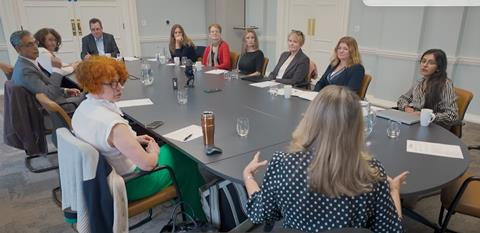
The NHS bill for compensation to cover the impact of clinical negligence is weighted heavily towards its female patients. The same applies in private healthcare. Most of the liability arises from maternity services. Yet strip out errors in that area, and a ‘pain gap’ remains. Put simply, health outcomes are worse for women than men.
This roundtable brings together claimant and defence lawyers, clinicians and patient voices to ask how such claims can yield lessons and spur improvements. It is sponsored by ARAG and Tula Medical Experts.
Leigh Day partner Suzanne White, a former radiographer, begins by citing the impact of a case that focused on, and defined, informed consent. It involved a claim by Nadine Montgomery, whose son was born with cerebral palsy as a result of shoulder dystocia during birth.
Montgomery herself had cerebral palsy and was diabetic, the latter leading to an enhanced chance of a larger foetus and a corresponding increase in the risk of shoulder dystocia, caused by the baby’s shoulder becoming stuck behind the mother’s pubic bone, creating a risk of grave injury to the baby. The treating obstetrician Dr McLellan felt that if she were told of the risk, she would opt for a caesarean, and McLellan did not believe that a caesarean was in the mother’s best interest. Shoulder dystocia and injury to the baby then occurred. Montgomery’s appeal succeeded at the Supreme Court, and she was awarded £5m. This established a new standard in law for informed consent.
The case was ‘incredibly groundbreaking’, White says, in establishing a standard for ‘consent for women’s health’. Yet ‘it’s not [entered] into the culture of women’s health as much as I’d hoped it would’.
The principle is established, yet ‘there’s scandal after scandal’ in maternity care. Trends are identified, she continues, ‘but I still think there’s a terrible culture which is not changing. It’s defensive and I don’t think there’s as much learning going on as there should be’.
'We’ve had very good suggestions in the inquiry reports, but some of those things haven’t been implemented'
Linda Millband, Thompsons Solicitors
Browne Jacobson partner Kelly Buckley, a defence lawyer who has also acted for claimants, responds: ‘I query sometimes whether, as lawyers, we are the right people to be talking about trends and outcomes. We only see one side of it and that’s the negative and the horrible, devastating impact on women.’
The official inquiries, reviews and reports that negligence and errors prompt produce recommendations on which there is broad agreement. But these then fail to manifest at the point of implementation.
Inquiries and reports can lag significantly behind the events they review, leading to unfair outcomes, Buckley notes. ‘We have to be careful that we don’t judge current clinical staff by what’s happened 10 or 20 years ago, I think there is a danger of that. This is not meant to take away from the [impact on] families, because obviously that’s the priority.’
'We had 1,300 submissions from women and those who read them were shocked at just how awful their stories were'
Dr Kim Thomas, Birth Trauma Association
‘We’ve had very good suggestions in the inquiry reports, but some of those things haven’t been implemented,’ Thompsons Solicitors partner Linda Millband observes. That includes the failure of surgeons to fully insure themselves in the private sector, a recommendation of the 2020 inquiry into the ‘behaviour and aberrant clinical practice’ of surgeon Ian Paterson. He was jailed for 20 counts of ‘wounding’ through surgery. Scores of patient deaths were linked to his malpractice.
‘One thing that does tie all these reports and inquiries together is that [not] listening to women seems to be a recurring theme,’ Millband adds. What is lacking is ‘the opportunity’ for women ‘to have more input into their care path… that’s something that hasn’t been brought in, possibly because people do not have enough time in appointments’. Whatever the cause, Millband adds: ‘Women aren’t getting enough [time] to explain their own, personal needs.’
From a patient perspective, chief executive of the Birth Trauma Association Dr Kim Thomas, who wrote the 2024 report of a parliamentary inquiry, says: ‘When I did the birth trauma report last year, we called it Listening to Women, because that was the problem that kept coming up. We had 1,300 submissions from women and those who read them were shocked at just how awful their stories were… things like pre-eclampsia being missed or sepsis being missed, or a third- or fourth-degree tear being missed. That’s the big, cultural change that needs to happen – listening to women.’
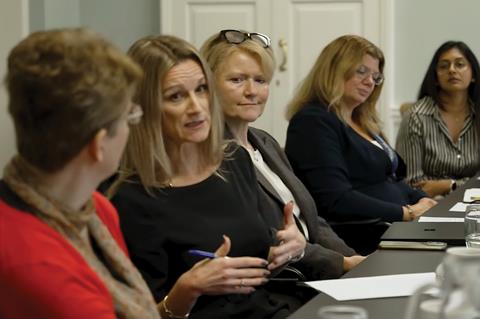
Guidelines not followed
Consultant obstetrician and gynaecologist professor Janesh Gupta notes: ‘We’ve got extensive guidelines. Whether they come from a Royal College or the National Institute for Health and Care Excellence, the problem that we’ve got is that a lot of units don’t tend to follow those guidelines or implement them by updating their local guidelines. That’s been a recurring theme.’
Labour guidelines published in November 2021, for example, were not implemented by many NHS trusts ‘for many years’, Gupta points out. He gives the example of suspected foetal macrosomia, which has been picked up in a pre-natal scan. The new guidance should lead to women being offered several care options, including a caesarean section. Yet too often, old guidelines from 2008 are followed and those options are not offered.
‘All clinicians should know their updated guidelines,’ Gupta stresses, even if local policy does not yet incorporate them.
Learning to listen
‘This is bigger than just maternity,’ continues Lisa Abrahams, account manager with ARAG, co-sponsor of the roundtable, who concurs with Thomas: ‘This is women not being listened to.’
One reason inquiry recommendations are not implemented, Hugh James partner Ruth Powell observes, is ‘because there is no money… resources are so thin’. But on the issue of women patients being listened to, she does see some ‘green shoots’.
A less deferential attitude from women to professionals ‘started with the MeToo movement’, she notes. ‘I’m sure all of us can remember terrible examples of sexism in the workplace when we were all in our early 20s,’ she says. ‘I do feel that some of these things will change in medicine. The environment that we’re living in is changing and women are feeling more empowered to talk about the menopause [for example] and [also] the fact that they’ve been discriminated against or even sexually abused.
‘I’m hoping that the generation below us who are empowered by all of these things, are going to have more of a voice and that they will be listened to more than they are now.’
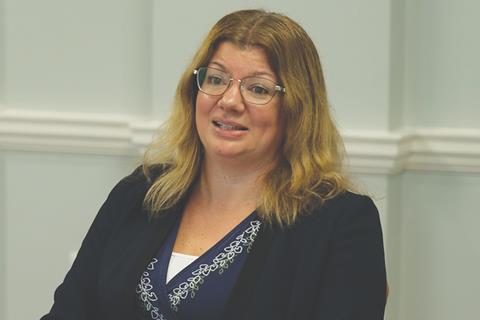
‘One of the reasons that there’s been such an outcry, especially with maternity services, is that the majority of women giving birth are now over 30,’ Irwin Mitchell partner Anne Kavanagh points out. ‘They’re in the workplace, they’re used to having autonomy – being consulted, being respected.’ Yet in a healthcare setting, they are placed in an ‘environment and a system where that’s not necessarily the case’.
She adds: ‘We hear a lot from women who feel psychologically traumatised, even if they’ve survived intact and their baby is healthy.’
A clinical error provides opportunities for lessons to be learned, of course. Buckley outlines how defence lawyers can help here. In ‘every one of our reports for NHS Resolution, there is a subheading on “lessons learnt”,’ she relates. But who is actually reading? Depending on the NHS trust, she adds, ‘the audience at NHS-trust level might stay at the legal department’.
Another advance for maternity care is the Early Notification Scheme (ENS). Operated through NHS Resolution and devised in 2018, ENS aims to investigate eligibility for compensation earlier with the aim of paying out more promptly, especially to meet immediate needs. Central to this discussion is the scheme’s aim to ‘share what we have learned promptly with the trust involved and the wider NHS’.
ENS, Buckley says, has the benefit of being ‘closer to the point of incident’, meaning ‘you have much more engagement with the staff who are working there now’.
There is also the possibility of defence lawyers working differently with trusts. She describes ‘high-profile investigations’ on which she has advised, for which clinical panel review meetings were held to ‘talk about a case very early on’.
Buckley says: ‘They can then take those lessons back and implement change, quite rapidly.’
There are no equivalent schemes for areas outside maternity care. ‘I do think there’s potential to improve on maternity feedback because of ENS,’ says Kavanagh, ‘but in other areas, across oncology and management of cardiovascular disease in women, I don’t see any evidence of that at all.’
‘It isn’t until there are complaints or a lot of people have problems that it’s taken seriously,’ Millband adds. ‘There don’t seem to be opportunities to feed back at an early stage.’
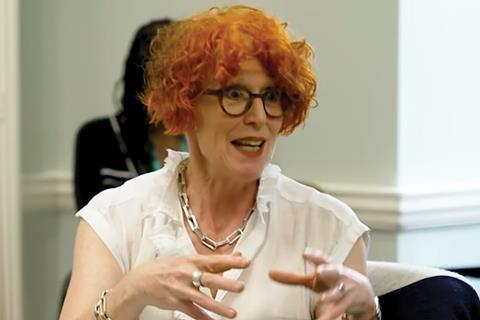
Barriers of culture and language may also lead to adverse outcomes for some women, several attendees observe. ‘I think that’s particularly so in maternal injury cases,’ notes Powell. ‘Culturally, a lot of these women would never speak of those sorts of symptoms, not even to their husbands. So, the thought of talking about them to a stranger… they just wouldn’t do it.’
Maternity care aside, is too much clinical practice and medicine designed around, and based on, men? ‘Clinical trials,’ Thomas notes, ‘are usually done on healthy, young men’, meaning ‘you’ve got a sex issue there and an age issue’.
White points to ‘cardiac issues’ for which women exhibit different symptoms: ‘Medicine is geared up to work out how men have a heart attack.’
‘Women were actually excluded from a lot of medical trials,’ Abrahams notes, ‘because their hormones affected observations on the drugs.’ Yet when medicines pass the trial period, they are then taken by women, notwithstanding the fact ‘we still have the hormones’.
Responding to claims
The way claims are defended or otherwise dealt with is a key element in determining patient outcomes. While a claim is unresolved, it may be that further treatment or therapies, and other support needed, are delayed. Have initiatives aimed at quick and more amicable resolutions had an effect?
The role of NHS Resolution, an arm’s-length body of the Department of Health and Social Care, is central here. NHSR provides ‘expertise’ to the NHS on ‘resolving concerns and disputes fairly, sharing learning for improvement and preserving resources for patient care’.
'There are just so many different places where collaboration can go wrong along the journey. We are in an adversarial system'
Sarah Stanton, Moore Barlow
‘My experience is that NHS Resolution is less defensive in claims,’ Fieldfisher partner Nilam Bakhai says. That exhibits as ‘not picking at every point’ and more often responding positively when ‘there are certain points where issues can be narrowed’. She adds: ‘They are coming to more ADR discussions than previously.’
‘Early interaction’ between claimant and defence firms is key, says Millband, who praises Buckley’s firm for its approach to ADR in claims she has acted on.
‘Everybody involved in this means well,’ Moore Barlow partner Sarah Stanton stresses, adding: ‘There are so many different stages to this process.’ It takes time to get to a care recommendation, there is the time and expense involved in gathering evidence, and overall, funding cases is a challenge. ‘There are just so many different places where collaboration can go wrong along the journey. We are in an adversarial system.’
Nevertheless, Buckley says, the ENS marked a change in approach. ‘With ENS claims, there’s a desire to get those answers to families earlier and to give them more support earlier on with interim payments.’ Nevertheless, in complex cases, delays occur: ‘We might still then have to get paediatric neurology evidence, which then can have an 18-month window of waiting, because we don’t have that many really good people that we can go to for these answers.’
For the lawyers involved, Buckley notes, interpersonal skills make a difference to both mediations and settlement negotiations. ‘Not all defendant lawyers or claimant lawyers like to sit around a table and talk about the difficult things. I think that’s probably to do with confidence and experience,’ she adds. Yet ‘a collaborative relationship between claimants and defendant lawyers’ has clear benefits. As a defence lawyer, she says: ‘We try to get to the same place, just from a different perspective.’
An overly defensive approach has severe consequences, White points out. She relates the facts of one case, a claim following a breech birth that resulted in the child needing ITU nursing care at home. The mother’s care had been ‘a complete and utter shambles’, leaving her ‘in a very dark place trying to cope with this child with incredibly complex needs’. White sought an early admission of liability. Instead, the admission came two years later – and weeks after the child had died.
Gupta provides a clinician’s perspective, giving the example of ENS cases: ‘As a group of experts in obstetrics, midwifery, neonatology, paediatric radiology and paediatric neurology, there’s a collective decision-making [process] as to whether there should be admissions of liability, and then there’s a letter that goes back to the parents. And that process seems to be reasonably quick from my perspective.’
Yet some common scenarios can lengthen that process, he notes: ‘If the baby has been cooled [a treatment to reduce neurological damage when a baby has experienced a lack of oxygen during birth], and then you need to know about the paediatric neurology outcomes, and the long-term outcomes.’ That lengthens a process into years, as liability is dependent on how the child develops.
Buckley notes: ‘The second ENS report stated that in terms of liability alone, the ENS scheme reduced the time for decisions from about seven years to 18 months, so there have been definite savings.’ This is a positive, but she cautions that the data pool reviewed was small.
Gender of professionals
'I think women are better listeners than men and everybody’s saying women are not being listened to'
Vinod Kathuria, Tula
The roundtable began with an acknowledgement that significant clinical errors occur when women as patients are not listened to. The discussion closes with the group considering whether the gender of clinicians and healthcare professionals matters.
‘I think it makes a difference,’ says Vinod Kathuria, clinical director at Tula and a specialist in trauma surgery. ‘We’ve actually come quite a long way, [but] the number of women doctors who are consultants is still quite low.’ Closing that gender gap is important, he believes: ‘I think women are better listeners than men and everybody’s saying women are not being listened to. So if we had more women doctors, there is a chance more action would be taken.’
That is not a given, Powell reflects: ‘Some of the most unpleasant gynaecological experts that my clients have [seen] have been women. I don’t think that being nice and touchy-feely and very empathetic is necessarily just a female thing. I think sometimes women can be hideous.’
Nonetheless, there is an impetus to better representation overall, Powell adds: ‘In every aspect of life… people like to see themselves reflected and that’s always going to improve communication. If you’ve got female consultants or female doctors, then it’s going to help women in that system to speak.’
Bakhai notes that the vast majority of midwives are women, and that their ‘communication either during the antenatal period or in relation to their birth options’ is a common cause of errors.
Kavanagh highlights problems arising from the average age of midwives falling as the average age of mothers rises. For a variety of reasons, including direct experience of health issues that increase with age, ‘those junior midwives are ill-equipped to face that cohort of women’.
‘The high-profile group action cases are against men by women who have been abused,’ Buckley notes. ‘Studies show that outcomes are better for women if they have a female clinician and female surgeons. The evidence on it as to why that is is mixed. But there’s an issue of gender concordance that women feel easier talking to other women about what they see as personal issues. It’s an important issue to consider.’
This roundtable was kindly sponsored by ARAG and Tula Medical Experts


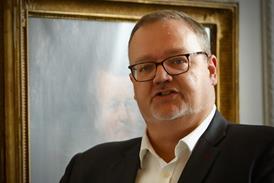
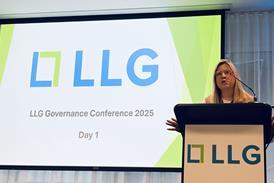
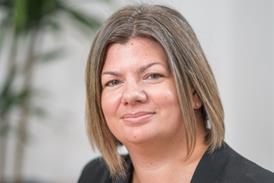



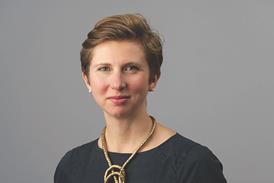



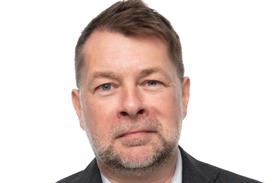
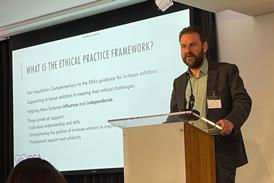


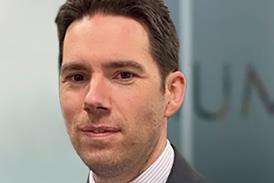

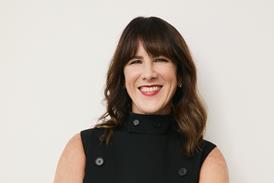
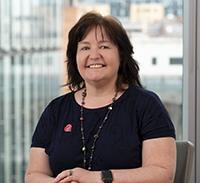
















No comments yet